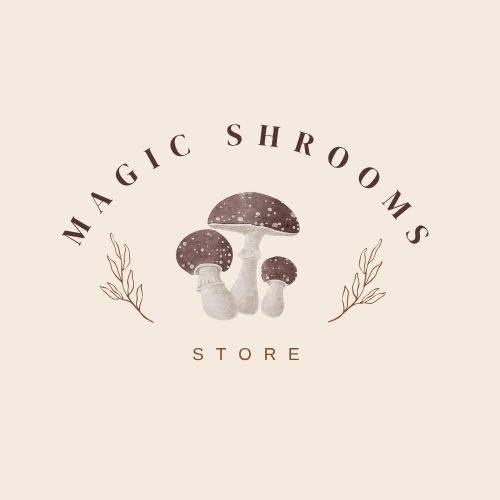Magic truffles, also known as psilocybin sclerotium, are a fascinating underground part of certain psychedelic fungi. While many people are familiar with magic mushrooms, fewer know about these mysterious tuber-like formations that also contain psilocybin, the compound responsible for inducing psychedelic effects. In this guide, we’ll explore what magic truffles are, how they differ from mushrooms, and what makes them so unique.
What Are Magic Truffles (Sclerotium)?
Magic truffles are the sclerotium of psilocybin mushrooms. The mycelium of the mushroom—a network of fungal threads that grows underground—produces these truffles as a form of energy storage.
A sclerotium is essentially a nutrient-rich underground tuber that allows the fungus to survive when environmental conditions are unfavorable. These truffles store essential nutrients, including psilocybin, the psychoactive compound responsible for their psychedelic effects.
When consumed, truffles can produce a psychedelic trip lasting 4–6 hours, characterized by altered perception, deep insights, creativity, and heightened philosophical thinking.
What Is the Difference Between Magic Truffles and Magic Mushrooms?
Although both contain psilocybin, there are some key differences:
1. Growth Location
-
Magic mushrooms grow above ground as fruiting bodies.
-
Truffle remain underground as dense clusters (sclerotium).
2. Availability
-
Magic truffle can be bought online in certain countries as they are sold in their ready-to-consume form.
-
Magic mushrooms are often available only as grow kits or spores due to stricter regulations.
3. Consumption
-
Magic truffles are ready-to-use directly after purchase.
-
Magic mushrooms must be cultivated before consumption.
4. Psychoactive Effects
Both produce psychedelic trips, but truffles are often described as slightly milder and more philosophical, while mushrooms can be more visual and intense.
Showing 1–10 of 15 results
-

Atlantis Magic Truffles
Price range: €14,50 through €220,00 Select options This product has multiple variants. The options may be chosen on the product page -

Bulk Magic Truffles
Price range: €55,99 through €117,65 Select options This product has multiple variants. The options may be chosen on the product page -

Buy SugaShrooms
Price range: €18,55 through €21,55 Select options This product has multiple variants. The options may be chosen on the product page -

Double Vision Truffles
Price range: €19,33 through €280,00 Select options This product has multiple variants. The options may be chosen on the product page -

Hollandia Truffles
Price range: €18,33 through €277,80 Select options This product has multiple variants. The options may be chosen on the product page -
Sale!

Magic Truffles Starters Pack
Original price was: €43,95.€35,19Current price is: €35,19. Add to cart -

McMicrodose Truffles
Price range: €10,99 through €18,99 Select options This product has multiple variants. The options may be chosen on the product page -

Mexicana Truffles
Price range: €12,50 through €200,00 Select options This product has multiple variants. The options may be chosen on the product page -

Pajaritos Magic Truffles
Price range: €14,50 through €220,00 Select options This product has multiple variants. The options may be chosen on the product page -

Pink Paradise
Price range: €19,50 through €21,99 Select options This product has multiple variants. The options may be chosen on the product page
